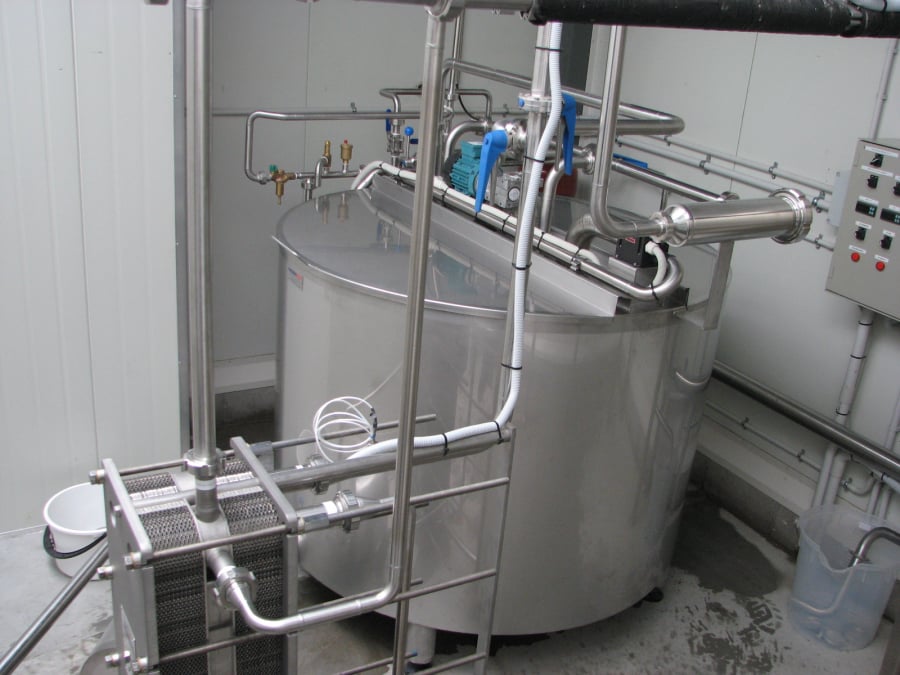Mastering Hygiene: Best Practices for Cleaning and Maintaining Batch Pasteurizers
In the intricate dance of food and beverage production, where quality and safety take center stage, the role of batch pasteurizers is pivotal. These specialized units ensure the microbial safety of products, but their efficacy is contingent on meticulous cleaning and maintenance practices. In this in-depth exploration, we will unravel the best practices for cleaning and maintaining batch pasteurizers, unveiling the secrets to preserving product quality and safety while extending the lifespan of these critical pieces of equipment.

